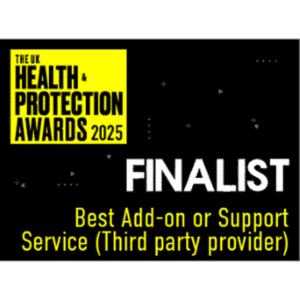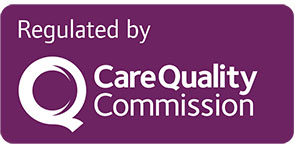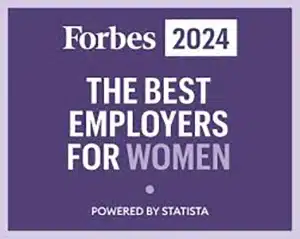Each year, on 3rd December, we unite globally to observe the International Day of Persons with Disabilities (IDPD). As a general practitioner, I witness firsthand the hurdles faced by individuals with disabilities, as well as their remarkable resilience, creativity, and potential. This day serves not only to raise awareness but also to foster inclusion, understanding, and empowerment.
According to the World Health Organization, over 1 billion people—or 15% of the world’s population—experience some form of disability. These disabilities can be visible, such as mobility issues, or invisible, including mental health conditions, chronic pain, and neurodiverse conditions like autism and ADHD. Non-visible disabilities are often misunderstood or overlooked, leading to additional challenges like isolation, stigma, and barriers to accessing suitable support. To include individuals with non-visible disabilities in everyday life, creating flexible and adaptable environments is vital. This could involve providing quieter spaces in workplaces or schools, accommodating pacing needs for those with chronic fatigue, or simply nurturing a culture where individuals feel secure disclosing their needs. In healthcare, remote solutions like telehealth are essential, offering access to care without the stress of travel or waiting rooms and allowing patients to engage from home.
As a GP, I frequently contemplate how to make healthcare more inclusive. A crucial step is listening to individuals regarding their needs and experiences. Simple changes—such as extending appointment times, ensuring accessible facilities, or offering information in various formats—can significantly impact. Beyond the clinic, society must adopt a comprehensive approach to inclusion, advocating for accessible workplaces, public areas, and technology that accommodates everyone, regardless of ability.
The theme for IDPD often emphasises innovation and inclusion, highlighting the significance of leveraging technology and new ideas to close gaps. For example, telehealth has transformed care for many individuals with disabilities, lessening the need for travel. However, innovation encompasses more than just technology; it involves creating policies, attitudes, and systems prioritising equality.
Observing IDPD allows us to reflect on how we can contribute. Whether through self-education, challenging biases, or supporting organisations advocating for disability rights, every small effort counts.
Together, we can build a world where disability is not a barrier but a facet of human diversity. Let’s celebrate the strengths, talents, and accomplishments of individuals with disabilities—not just today but every day.





